By_shalini oraon

A City’s Shock: Cargo Plane Skids Off Hong Kong Runway, Claiming Two Lives
The relentless hum of Hong Kong Chek Lap Kok airport, a cornerstone of global trade and travel, was pierced by the screech of tearing metal and the shudder of a catastrophic impact. In the driving rain and howling winds of a tropical storm, a cargo plane’s routine landing transformed into a nightmare, ending with the aircraft submerged in the dark waters of the Pearl River Delta and two lives tragically lost. The incident sent shockwaves through the city, raising immediate questions about aviation safety, pilot decision-making, and the formidable power of nature.
The aircraft, identified as a Boeing 757-200 freighter operated by the Chinese cargo airline Suparna Airlines (also known as Yangtze River Airlines), was performing flight YG8750 from Changzhou Benniu International Airport in mainland China. On board were two pilots and an engineer, tasked with delivering a load of cargo to one of the world’s busiest air freight hubs. As the plane began its final approach, Hong Kong was being lashed by the outer bands of Tropical Storm Chaba, which was intensifying into a typhoon and moving towards landfall in western Guangdong.
Weather data from the time of the incident, shortly after noon local time, painted a picture of treacherous conditions. The Hong Kong Observatory had issued a No. 8 Southeast Gale or Storm Signal, one of its highest warnings, indicating sustained winds of 63 kilometres per hour or more, with gusts reaching hurricane force. Torrential rain reduced visibility to near-zero, and wind shear—a sudden, violent change in wind speed or direction—was a significant risk for any aircraft attempting to land.
The Moment of Impact
Eyewitness accounts and preliminary data suggest the aircraft touched down on the southern runway, Chek Lap Kok’s longer and primary instrument landing runway. However, it immediately appeared unstable. Instead of the deceleration of a normal landing, the plane, buffeted by fierce crosswinds, failed to gain traction on the rain-soaked tarmac. It skidded violently, veering off the left side of the runway at high speed.
The momentum carried the massive freighter across a patch of grass, where its landing gear dug into the sodden ground, ripping apart. The fuselage, now out of control, continued its grim trajectory, sliding down a slight embankment and crashing through the airport’s perimeter fence before coming to a final, brutal stop, broken and partially submerged in the churning waters of the sea.
The scene that followed was one of chaos and desperate heroism. Airport emergency services, already on high alert due to the storm, were dispatched within seconds. Fireboats and rescue launches sped towards the wreckage, their crews battling the same treacherous waves that had claimed the aircraft. The first responders found a scene of devastation: the plane’s fuselage was fractured, with the tail section separated from the main body.
Rescue divers plunged into the murky, debris-strewn water, fighting against time and the elements. They managed to pull one survivor from the wreckage—the aircraft’s engineer, who was conscious and transported to the nearby North Lantau Hospital in a state of shock but stable condition. The grim task, however, was yet to come. After hours of painstaking search in deteriorating weather, the bodies of the two pilots were recovered from the cockpit section. They were declared dead at the scene, their lives claimed in the very seats from which they fought to save their aircraft.
The Human Toll and the Investigation
The immediate focus, rightly, was on the human cost. The two pilots, experienced aviators whose identities were withheld pending family notification, represented the stark reality of the risks in commercial aviation. Colleagues and aviation experts expressed their condolences, highlighting the immense pressure and skill required to operate in such extreme conditions. The survival of the engineer offered a small glimmer of hope amidst the tragedy, but the loss of the flight crew cast a long shadow.
Even as the rescue operation transitioned to a recovery mission, the investigative machinery swung into action. A joint investigation was launched, bringing together Hong Kong’s Civil Aviation Department (CAD), the Air Accident Investigation Authority (AAIA), and representatives from the aircraft and engine manufacturers, Boeing and Pratt & Whitney. The flight data recorder (FDR) and cockpit voice recorder (CVR)—the “black boxes”—were successfully retrieved from the wreckage, offering the most critical evidence for understanding the final moments of the flight.
The investigation will be multifaceted and exhaustive. Key lines of inquiry will inevitably focus on:
1. Weather and Operational Decision-Making: Why did the flight attempt to land in such severe weather? Investigators will scrutinize the communication between the pilots and air traffic control, the weather reports available to the crew, and the airline’s own operational policies regarding storm landings. The possibility of an attempted go-around that was initiated too late will also be examined.
2. Aircraft Performance and Maintenance: Was the aircraft fully functional? The investigation will pore over maintenance records and the data from the FDR to check for any technical malfunctions in the engines, braking systems (including thrust reversers and spoilers), or flight controls that may have contributed to the loss of control.
3. Runway Condition: While Hong Kong’s runways are equipped with advanced grooving to disperse water and prevent aquaplaning, the investigation will assess whether the sheer volume of rainfall overwhelmed the runway’s drainage capacity.
Broader Implications for a Global Hub
The accident has profound implications for Hong Kong. As a global financial and logistics centre, the reliability and safety of its airport are paramount. The incident forced the immediate closure of the southern runway, causing significant disruption to hundreds of passenger and cargo flights. While the northern runway remained operational, the backlog and cancellations rippled across global supply chains, a reminder of the airport’s critical role in world trade.
For the aviation community, it serves as a sobering reminder of the perennial battle between human operation and nature’s fury. While modern aircraft are incredibly sophisticated, the fundamental challenges of crosswind landings on wet runways remain. This tragedy will undoubtedly renew debates about pilot training for extreme weather scenarios, the implementation of even more conservative safety margins during storms, and the continued evolution of aircraft safety systems.
As the investigation continues, the image of the broken freighter in the sea will linger—a stark monument to a day when routine turned to tragedy. The focus now turns to the meticulous work of investigators, whose findings will not only provide answers for the grieving families but also shape the future of aviation safety, ensuring that such a price is never paid again.
Discover more from AMERICA NEWS WORLD
Subscribe to get the latest posts sent to your email.
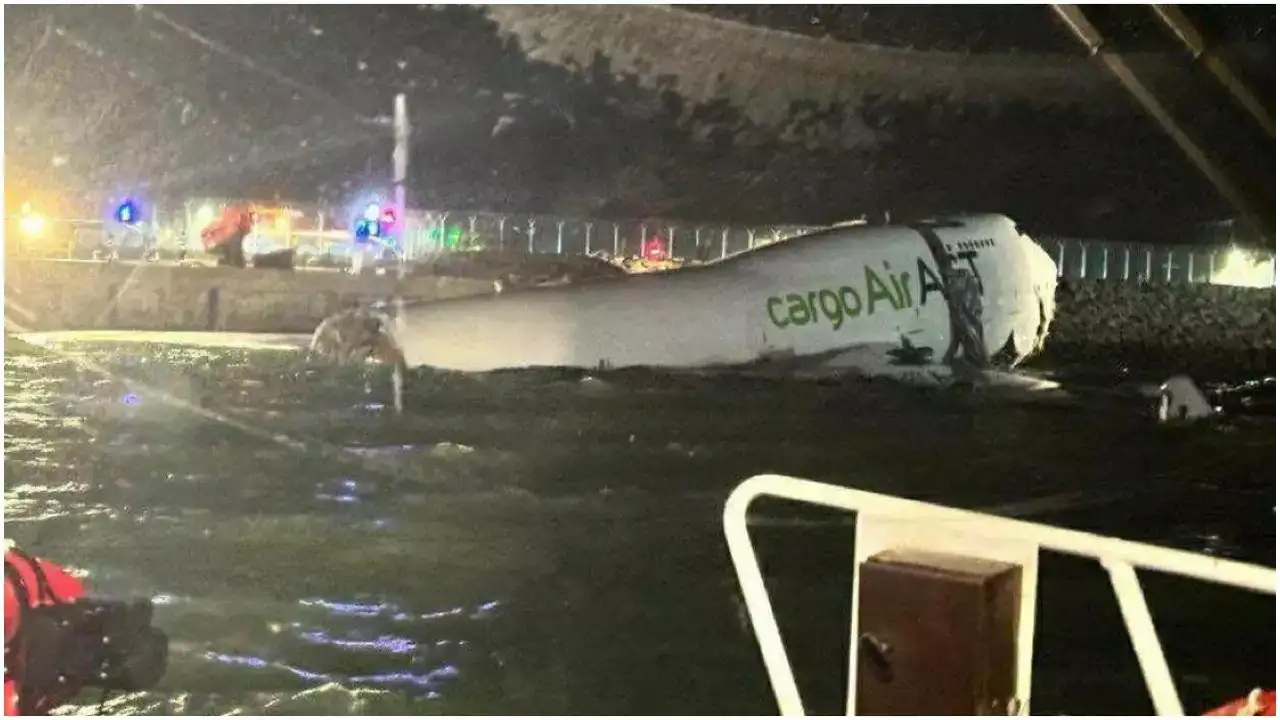




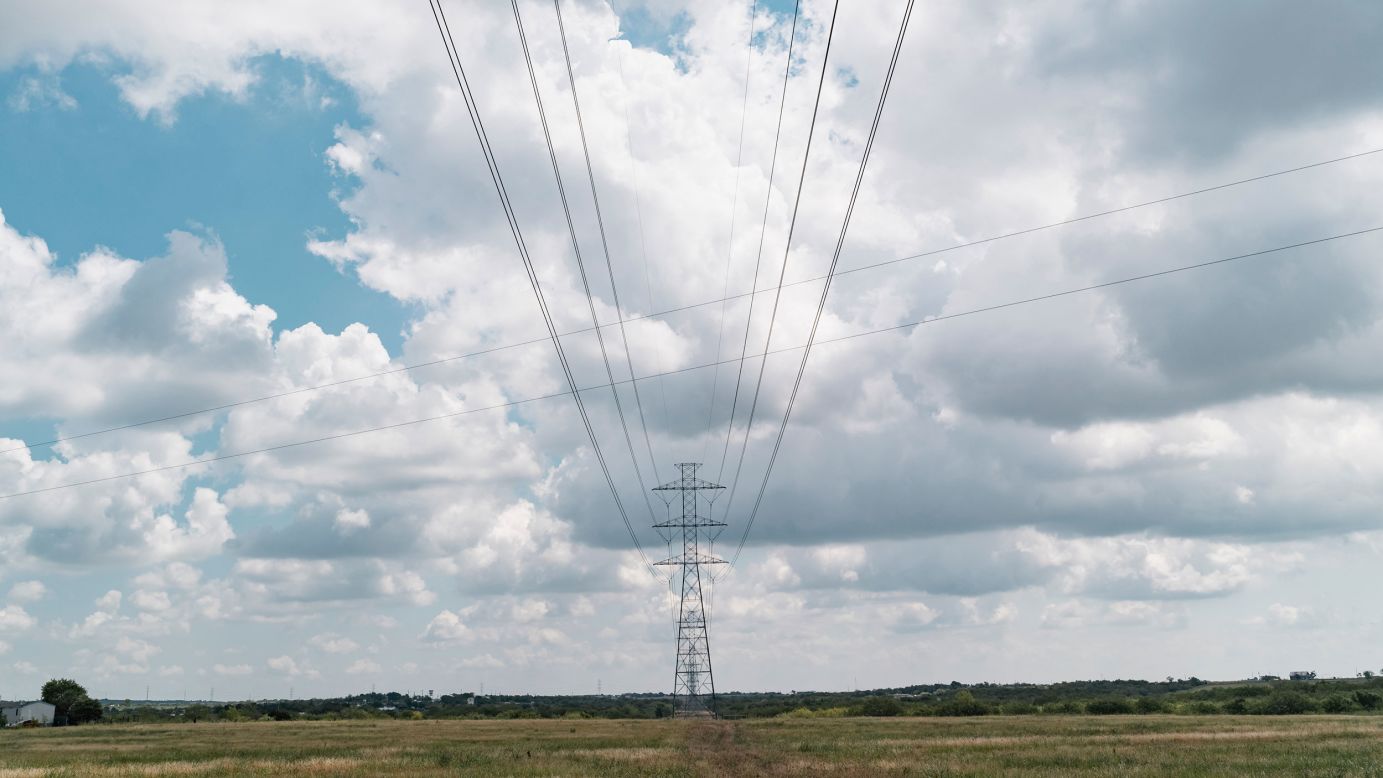


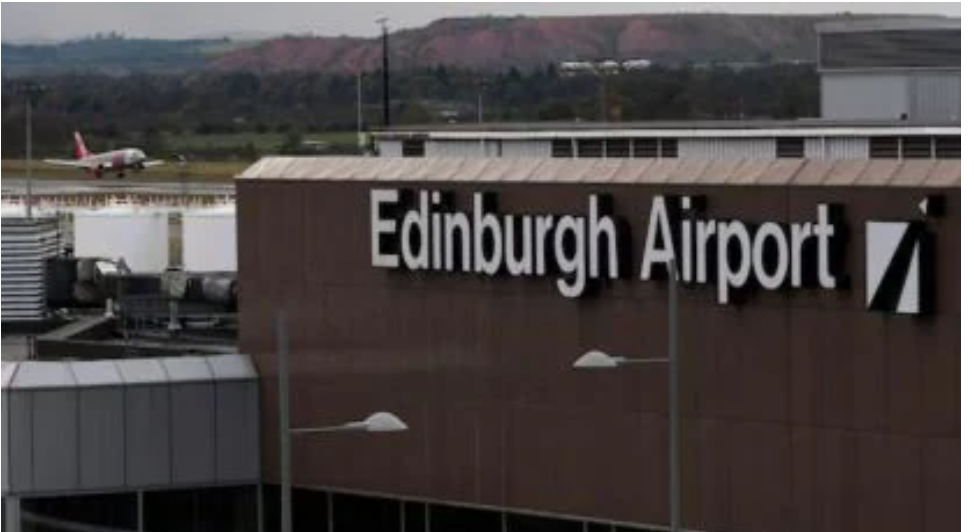





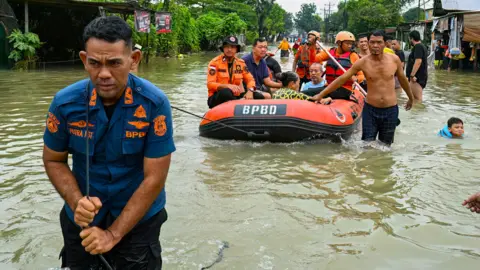



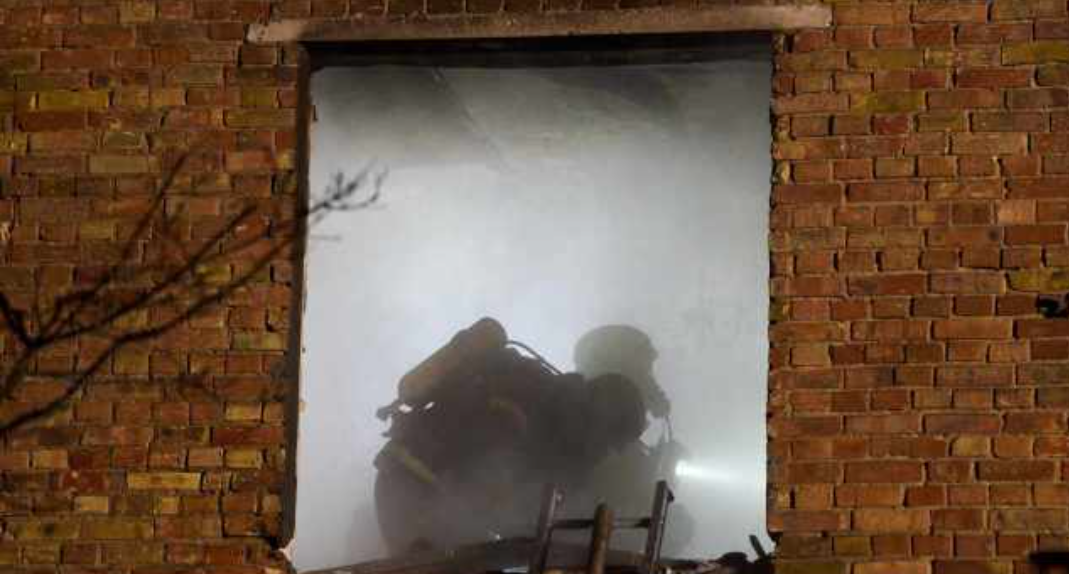



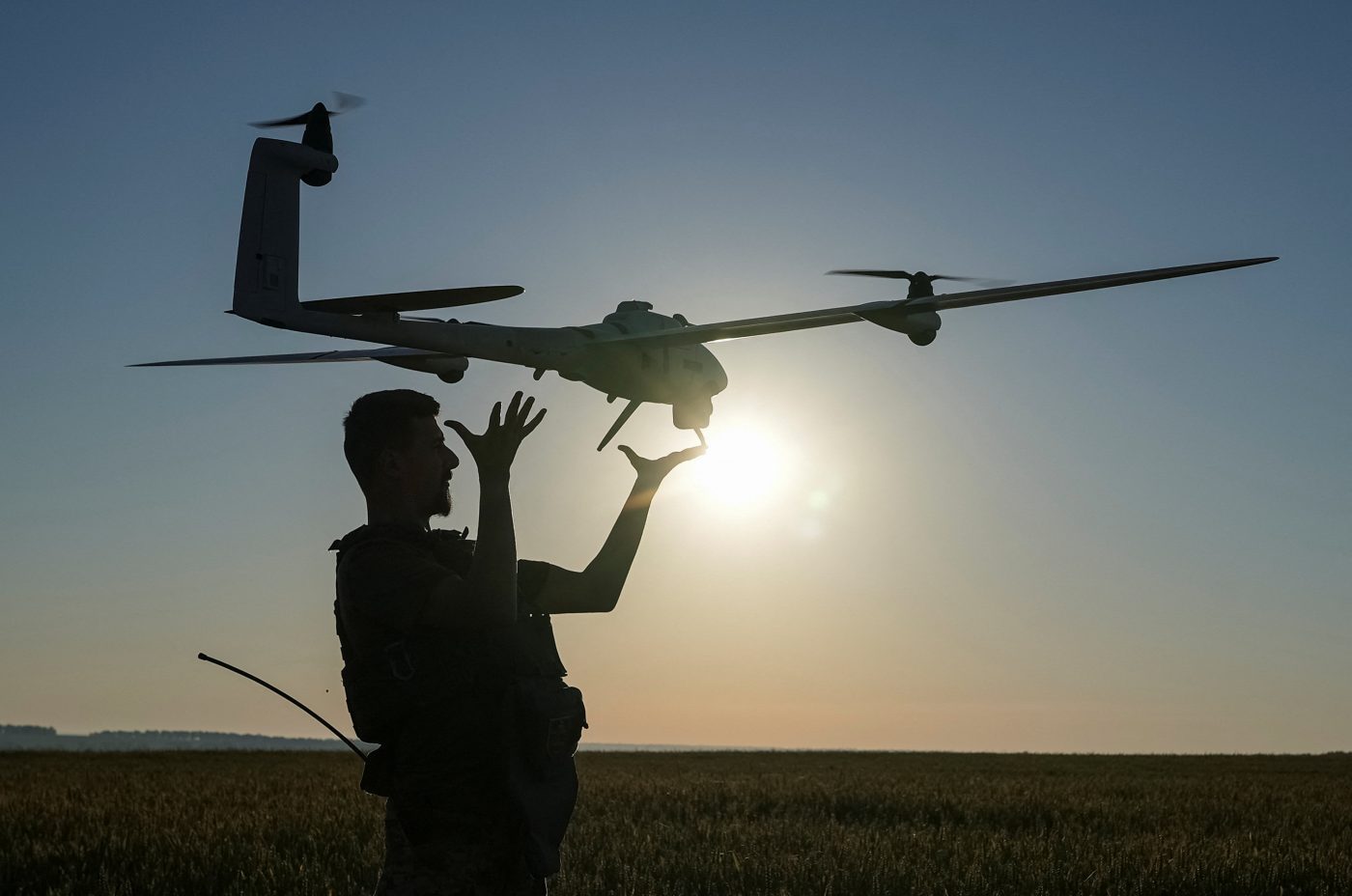









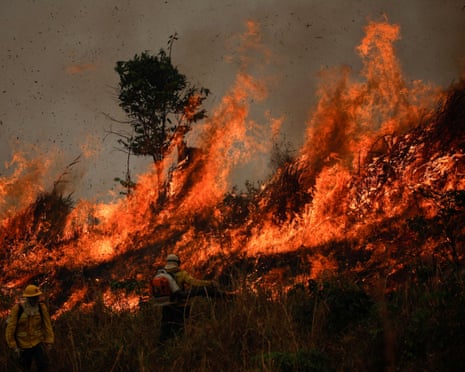
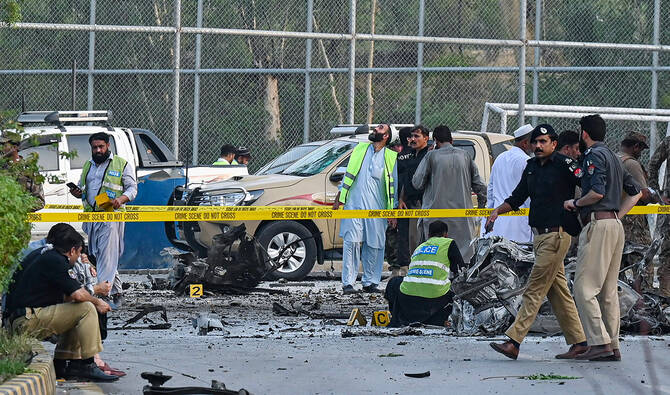


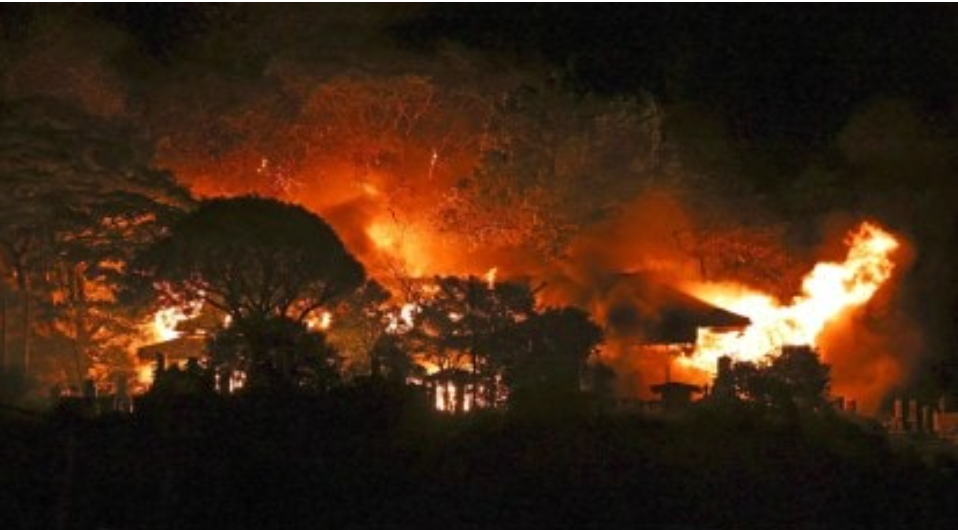


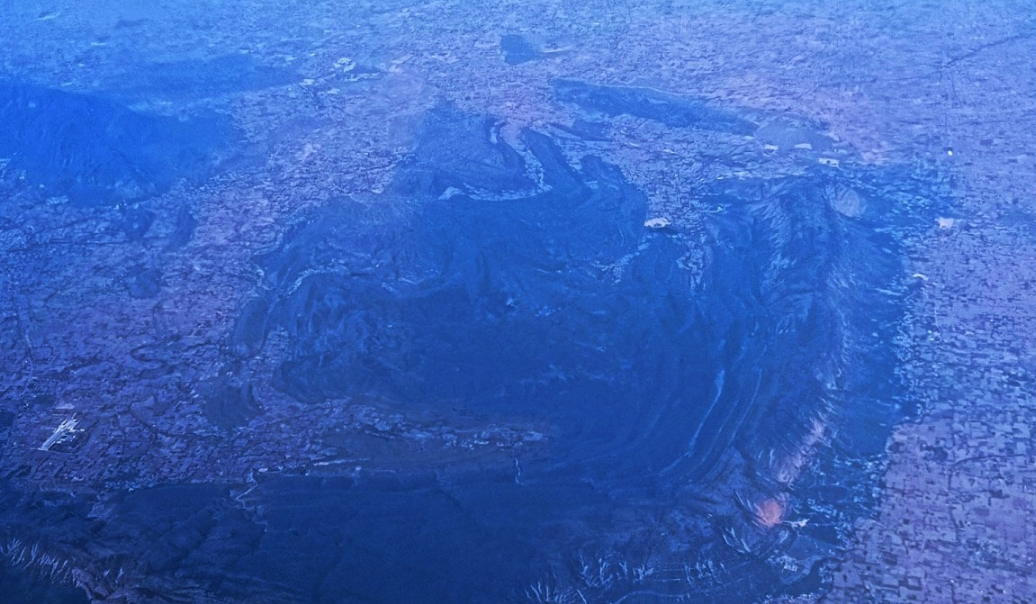

Leave a Reply